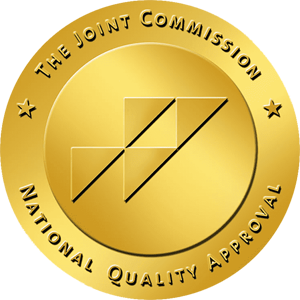People suffering from a moderate to a high level of substance abuse generally consider inpatient treatment. In this, the individual patient is given 24-hour care at a residential facility. This type of substance abuse recovery includes both the psychiatric and physical health assistant. Usually, the patient stays in the facility for the duration of a month or more. But, before recommending this type of recovery treatment to the patient, the medical professional should thoroughly assess him and completely analyze his problem.
Detoxification is the first step in the recovery treatment of substance abuse, and it is much better done under professional observation in an inpatient facility. A structured and defined atmosphere is provided to the patient in an inpatient treatment center. He forgets about the life distractions for some time and gets a chance to completely focus on his physical as well as psychological healing. After taking this treatment completely, he has lesser chances of relapse and more chances of maintaining a sober life.
On comparing with outpatient treatment, the major difference is in the amount of medical attention that the patient gets in inpatient treatment.


